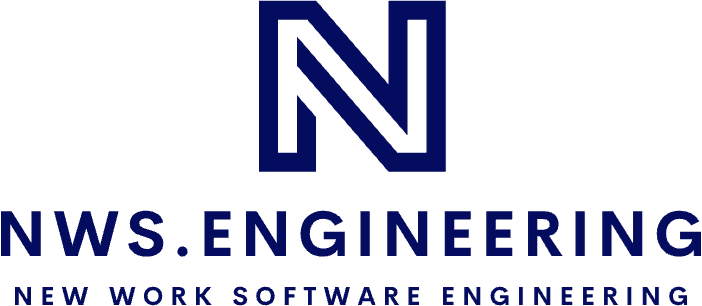Law firms don’t just need better tools – they need new roles to unlock their potential.
Digitization is not just changing how lawyers work – it’s transforming who works in law. Legal Tech has emerged as a force of structural change: reshaping workflows, expectations, and career paths within legal organizations.
Traditional roles alone are no longer enough — law firms need new skills, new bridges, and new mindsets.
Client expectations have evolved. Time-to-value is shorter, digital tools are ubiquitous, and legal advice is no longer consumed in static PDF files alone. As platforms, APIs, and automation become standard, firms must rethink how they deliver value — and who makes that possible.
Why Classical Structures Fall Short
Law firms have long relied on a triangle of roles: Partners, Associates, and Assistants. These roles are deeply specialized — but often poorly connected to technology, process design, or data capabilities.
The problem: Without the ability to translate between law, tech, and operations, opportunities are missed and frictions remain unresolved.
- ✓ Legal departments want automation — but can’t prototype
- ✓ Tools are introduced — but underused or misaligned
- ✓ Innovation is proclaimed — but structurally unsupported
Legal Tech demands new interfaces — and those interfaces require new roles.
A New Role Landscape
Emerging functions in law firms go beyond title inflation — they reflect a profound need to connect systems, improve delivery, and build hybrid capacity.
| Role | Description | Typical Background |
|---|---|---|
| Legal Engineer | Bridges law and technology; automates workflows and contracts | Law + IT / Legal Tech / No-Code |
| Legal Operations | Optimizes tools, processes, budgets, and data use | Business / PM / Process / Legal Ops |
| Legal Technologist | Tests new tools, builds IT-law interfaces, drives adoption | Qualified lawyer with tech affinity |
| Legal Product Manager | Develops legal products like templates or chatbots | UX / Product / Law / Platform logic |
| Knowledge Engineer | Structures knowledge for AI and expert systems | Law + semantics, ontologies, logic |
| Legal Data Analyst | Extracts insights from legal datasets, forecasts risks | Data Science + Litigation / Compliance |
| Legal Designer | Reimagines legal services using design thinking | UX, Design, Visual + Legal insight |
| Innovation Lead | Drives change, pilots tools, manages transformation | Change, Communication, Strategy |
Depending on firm size, these roles can be combined or modularized — but they are no longer optional.
New Titles, Same Trend
As language evolves, the core idea stays: legal work needs new capabilities.
- ✓ CLM Specialist — managing contract lifecycles across systems
- ✓ AI Prompt Engineer — crafting inputs for legal AI tools
- ✓ Compliance Technologist — aligning tech with regulatory controls
- ✓ Cybersecurity Counsel — advising on digital risk exposure
- ✓ Legal Tech Consultant — supporting internal or client-side innovation
“Legal Tech is not replacing lawyers — it’s creating an entirely new ecosystem around them.”
What Law Firms Must Do Now
- Clarify role expectations: map skills, not just titles
- Enable cross-functional teams: legal, tech, ops, design
- Support hybrid career paths: lateral entries, upskilling
- Rethink value: legal correctness is necessary — but feasibility and usability matter too
- Invest in interfaces: between teams, tools, and tasks
The Law Firm as a Hybrid System
Legal Tech doesn’t just change tools — it changes people, teams, and culture.
Firms that understand this shift are already redefining their talent strategies. Roles like Legal Engineers and Legal Designers are no longer experiments — they are core to how legal services are imagined, built, and delivered.
The firms that act early will shape the future. Those who wait may no longer fit into it.
The legal workforce of the future won’t be defined by hierarchy – but by hybrid thinking and systemic collaboration.

